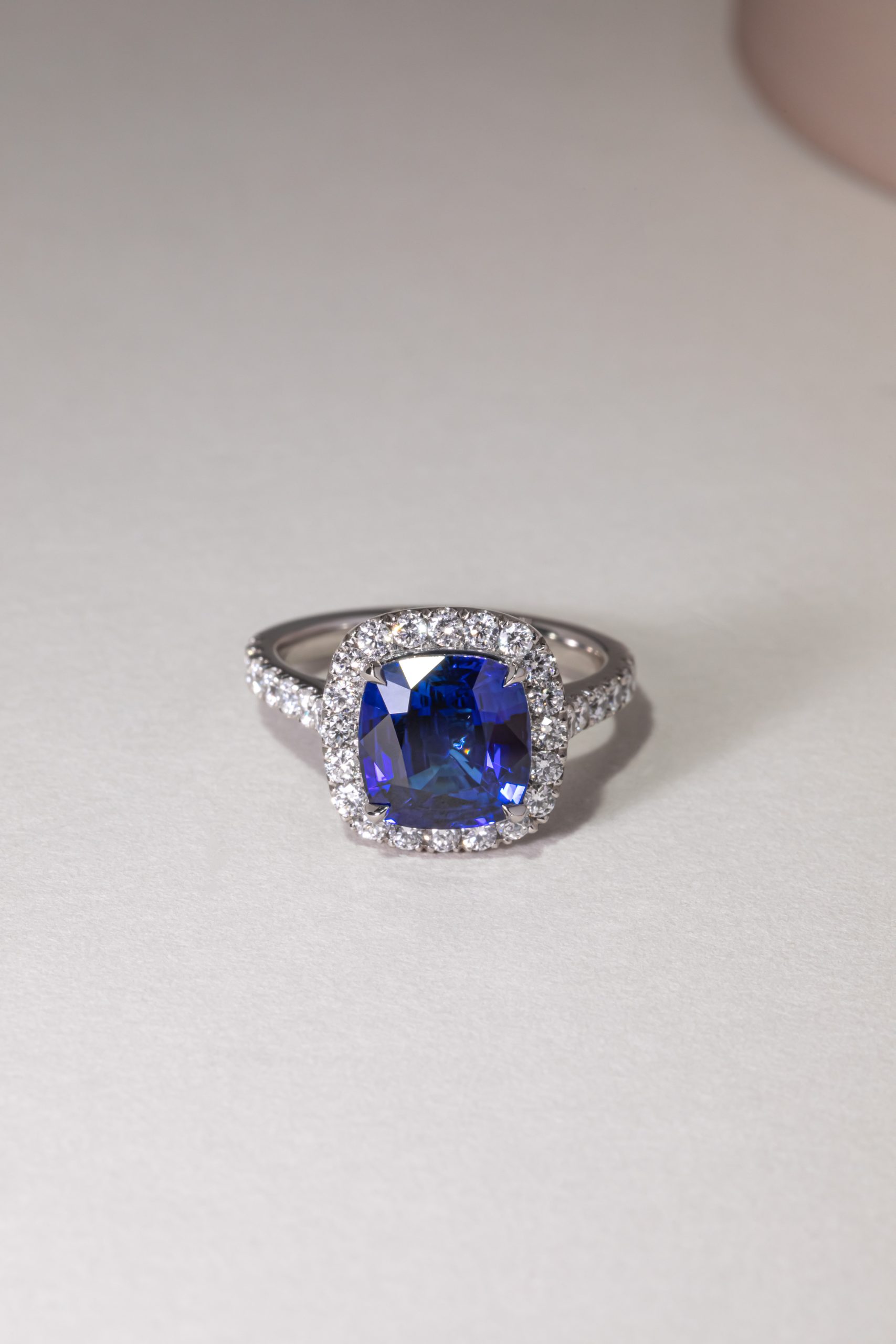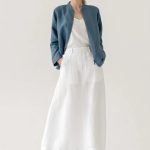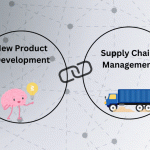If you are a lover of jewels like we are, you will understand that blue diamonds are one of the most coveted gem stones in the world due to the real beauty of their color and their rarity. However, if you’re going to be buying one, you must know that blue diamond cost before you even consider getting a particular one. Within the following, we break down the elements that add up to the price of those wonderful gems and help you buy smart.
What Determines Blue Diamond Cost?
The blue diamond cost is influenced by many different factors including the origin of the diamond, and the market demand. Lab-grown diamonds are actually cheaper than natural blue diamonds because they are rarer and much harder to get. But lab created options are cost effective and still beautiful.
The blue color of the diamond is quite intense and it does affect the blue diamond cost. A deeper, or more vivid color fetches a higher price than a more light hue. Moreover, uncommon undertones that are totally grayish blue or greenish blue can make a difference.
Size and Shape Impact on Pricing
The blue diamond cost is directly proportional to the size of the diamond. More expensive are any blue diamonds and larger ones are more rare. A tiny amount of size difference can greatly increase cost, particularly for gems with high color intensity.
Like all diamonds, the price of a blue diamond also depends on its shape. Shapes like round or oval are more popular and thus more expensive, while fancy shapes such as pear or emerald may also offer slightly more affordability without sacrificing elegance.
Market Trends and their Role
The blue diamond cost is driven to large extents by market trends and availability. Prices could soar if supply falls, or if demand increases. Because the market fluctuates, so do buyers and they should keep an eye on the market and try to get a better deal.
The Appeal of Lab-Grown Blue Diamonds
For those looking for affordability one of the best options is lab grown blue diamonds. Visually, they resemble their natural cousins, but at a fraction of the price. A natural blue diamond often so prized it could cost millions can be compared to a lab grown option, which will be anywhere from a few thousand dollars all the way up to tens of thousands, depending on all that the gem is composed of.
Certification and its Influence
The blue diamond also has a price over and above the certification. When a gem with a certificate is genuine, a gem hunter can identify gem quality and could pay more. Especially with purchases that you’d love to hold for quite a long time or a piece that you’d desire something back in resale value from.
Comparing Cost to Find the Best Deal
Comparing prices for a blue diamond purchased from several different retailers is important. And online platforms generally offer competitive prices and detailed spec sheets, so you’ll be able to see what is the best value for your money. But, visiting a local jeweler will allow you to see the diamond in person, hopefully, invaluable in a high value purchase.
Final Thoughts
A big factor in determining the blue diamond cost is its origin, color intensity, size, and market trends. Whether you decide to buy a natural or lab grown gemstone, you need to know these to make an educated choice.
Buying a blue diamond is a sizable investment but careful consideration can help you find a beautiful piece that won’t break the bank while at the same time retaining the timeless nature of this splendid gemstone.

Hi, I’m Lauren Reynolds, owner of Talks Smartly.
We specialize in wishes, thank you messages, and thoughtful responses for all occasions.
Whether it’s a birthday wish or a heartfelt thank you, we’re here to make your messages shine.
Join us at Talks Smartly and let your words leave a lasting impression.”











